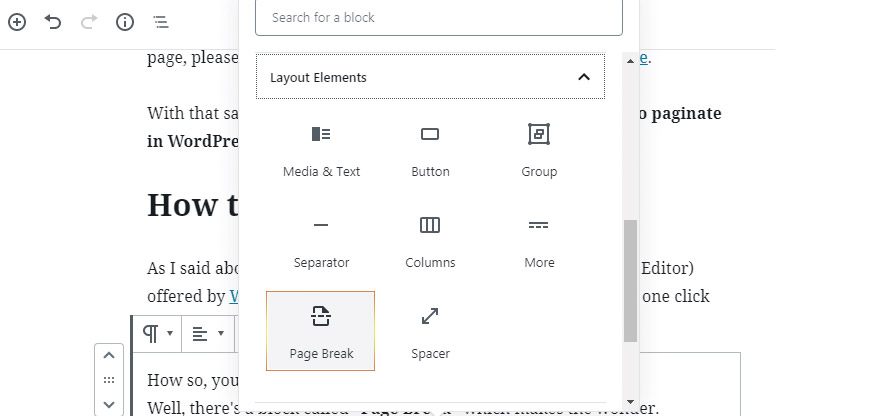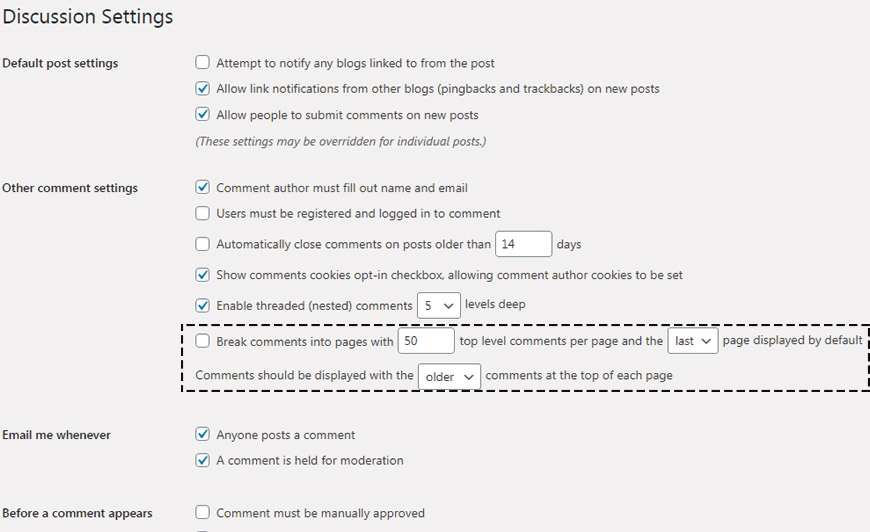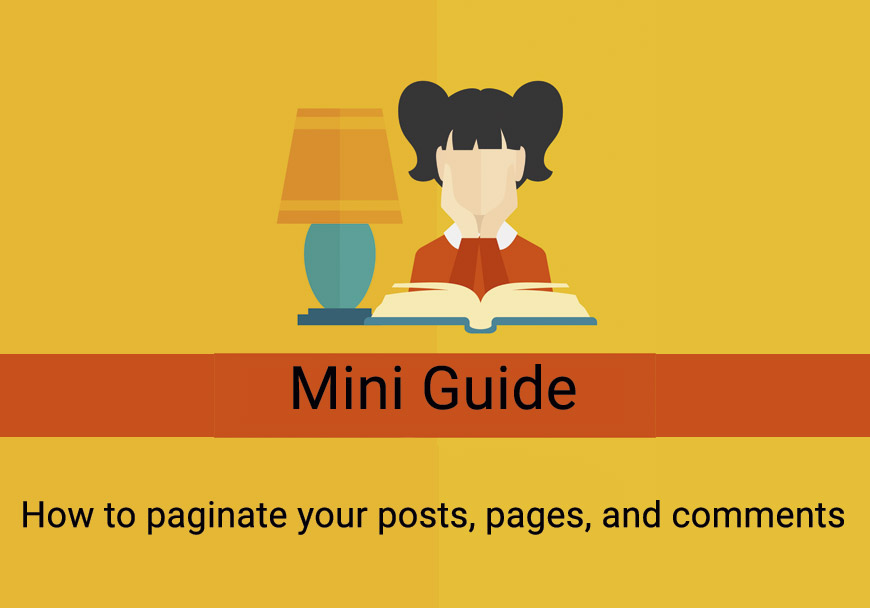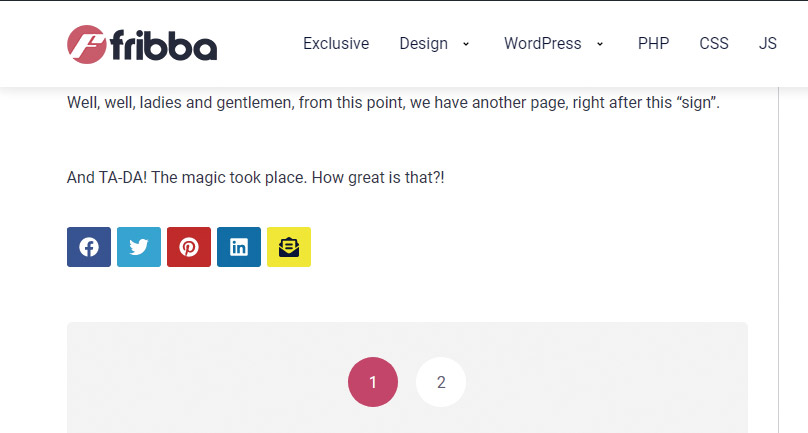Hacker man here!
The method used will simply blow your mind. It is as easy as it can be, and fast, oh my god, fast as Flash.

Howdy,
I’m Flash
So you’ll be glad to know that you can paginate your posts, pages, and even comments without modifying any piece of code. Now, let me tell you a secret, Gutenberg Block Editor (new version of WordPress Editor) has an amazing feature that allows you to split, to brake, you name it.
I’ve seen plenty of questions about pagination, and to be honest, none of the answers were as easy as it sounds.
So, if you stick with me, I bet you will be amazed by my words (I truly hope so) 🙂 .
Before we go any further, to avoid confusion between a post and a page, please take a peek on differences between a post and a page.
With that said, referring back to the main subject, let’s see how to paginate in WordPress.
How to paginate posts?
As I said above, thanks to the new block editor (Gutenberg Block Editor) offered by WordPress, the option to paginate your posts is at just one click away.
How so, you wonder? Well, there’s a block called “Page Break” which makes the wonder. Whenever you add a new post or you want an older article to be split into various pages, click on the “+”, and under Layout Elements, you will find it. Or as I said many times before, you can type the name in the search box.

As a better visual aid, the image below shows exactly how it’s going to appear after you select that block.

And TA-DA! The magic took place. How great is that?!
How to paginate pages?
A page in WordPress is for non-chronological content, let’s say pages like “About”, or “Contact” would be common examples, just to clear things up.
To paginate our pages, on the left-side menu, go to “Pages” – “Add new”, or as I said above, you can do pagination even to on an old page. For example, you want to modify “Terms and conditions”.
Even for splitting posts into various pages, “Page Break” works as well. The same method used above will work also to paginate your posts.
Amazed by now? No? One thing’s certain, I’m not done yet, Buddy.
How to paginate comments?
We want to paginate comments because a lot of comments will load slower than other posts. Not that it’s a bad thing having a lot of comments. No, mama, no! We all know what it means when we have a lot of comments on one of the posts. That’s right, your audience is engaged with your content. And this, my friend, is just the tip of the iceberg.
However, a lot of comments can slow down your website and it can even harm your search engine optimization (S.E.O.) rankings. And I can say for sure, that nobody wants that. I’m right?!
So, that’s when pagination for WordPress comments becomes our handy-man. And the best part is that it comes as a default feature in WordPress, just like “Page Break”.
With that said, let’s hit the ground and paginate some comments.
On the left-side menu, scroll down until you see “Settings”, and our focus goes to “Discussion”, go ahead and click on that.

Next, look for the ‘Break comments into pages’ option, just like in the image below. From here you need to enter the number of comments you want on each page, and how you want to display them. Don’t forget to click on the “Save Changes” button to store your settings.
In this busy world, can you really afford not to try it out?
Now go ahead and try it for yourself this awesome feature offered by Gutenberg Block Editor. A real lifesaver!
Do you have some questions about pagination? Bring it!







No Comments